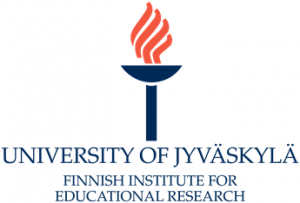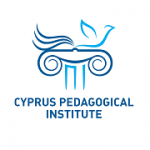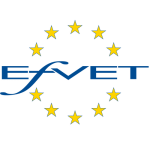
SHERPA is a two-year Erasmus+ project with a mission to strengthen the adoption and systematic use of SELFIE across Europe. SELFIE is the European Commission’s free, customisable self-evaluation tool helping schools to better understand their progress on digitally-enabled teaching and learning. SHERPA will provide schools with vitally-needed scaffolding for on-boarding SELFIE and will help them gain full benefits from their SELFIE report in terms of both strategy and practices.
SHERPA will develop and deploy two key outputs:
- SELFIE HELPER, a chatbot system that assists schools to use the SELFIE platform, providing them with real-time help in resolving their specific user issues;
- SELFIE PEDAGOGICAL TOOLKIT, a comprehensive package to help schools transform their SELFIE results into concrete innovation strategies and actions for employing digital technologies more effectively in teaching and learning.
Both services will be field tested with schools in each of the SHERPA partner countries and will be made available in five different languages: English, Estonian, Finnish, Greek and Italian.
> Learn more about the project








